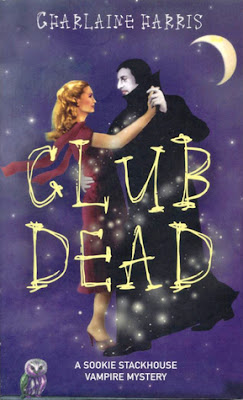 |
| 3.5 stars out of 5 |
With an absent wife and
a daughter going off the rails, wealthy art collector and
philanthropist Simon Strulovitch is in need of someone to talk to. So
when he meets Shylock at a cemetery in Cheshire’s Golden Triangle, he
invites him back to his house. It’s the beginning of a remarkable
friendship.
Elsewhere in the Golden Triangle, the rich,
manipulative Plurabelle (aka Anna Livia Plurabelle Cleopatra A Thing of
Beauty is a Joy Forever Christine) is the face of her own TV series,
existing in a bubble of plastic surgery and lavish parties. She shares
prejudices and a barbed sense of humour with her loyal friend D’Anton,
whose attempts to play Cupid involve Strulovitch’s daughter – and put a
pound of flesh on the line.
Howard Jacobson’s version of The Merchant of Venice bends time to its own advantage as it asks what it means to be a father, a Jew and a merciful human being in the modern world.
Confession of ignorance first: I am completely unfamiliar with this
author. Even his name is unknown to me, which is unusual for one who
works in a library and frequently plays in them too. But the Hogarth
Shakespeare has chosen well for their
Merchant of Venice rewrite. Jacobson is a talented writer.
To my mind, the two plays of Shakespeare which are the most challenging for modern audiences are
The Taming of the Shrew due to the role of women in it and
The Merchant of Venice
for what appears to be anti-Semitism. I know that there are plenty of
arguments on either side for why these plays are or aren’t examples of
prejudice and whether we should care or not. I don’t have the
credentials to express any definitive opinions on these matters,
although I can see where the debates spring from. I just know that I
enjoy the works of Shakespeare and I don’t avoid these two plays,
although they may make me uncomfortable.
Writing a modern
version of the beloved works of Shakespeare can’t be an easy task, but
Jacobson is up to it. The choice of a Jewish author for this volume was
inevitable—who else to tackle the thorny problem of prejudice embedded
in the plotline? And Jacobson explores it thoroughly and examines the
nature of the prejudice from several angles. I found the introduction of
the “actual” character of Shylock into the modern setting an
interesting choice. At first, I was unsure that people besides the main
character Strulovitch could see him, but it soon became obvious that he
was an actual corporeal being. He is definitely more than just being
Strulovitch’s outer conscience or cheering section. In fact, it is
through his commentary that Jacobson analyzes the prejudice embedded in
the play, and by extension in society.
During the first maybe 50
pages, I was strongly reminded of our Canadian writer Mordecai Richler,
who wrote so colourfully of the Jewish experience in Montreal (thinking
of
St. Urbain’s Horseman). Perhaps it was just the suggestion
that both men were Jewish and the impression melted away as I
progressed. But it did make me think that I need to return to more of
Richler’s works, which I haven’t read since I was in university many
years ago.
I have to say that I didn’t enjoy this novel as much as Jeannette Winterson’s version of
The Winter’s Tale,
which is not to say that I didn’t find it worth my time. As usual, it
is probably more to do with the fact that I have never seen
The Merchant of Venice
performed. I will also definitely keep Mr. Jacobson in my mind for
future reading. I am very much looking forward to the next Hogarth
Shakespeare volume—I have a library hold on Anne Tyler’s
Vinegar Girl and have recently seen
The Taming of the Shrew, so I expect to enjoy it a great deal.















